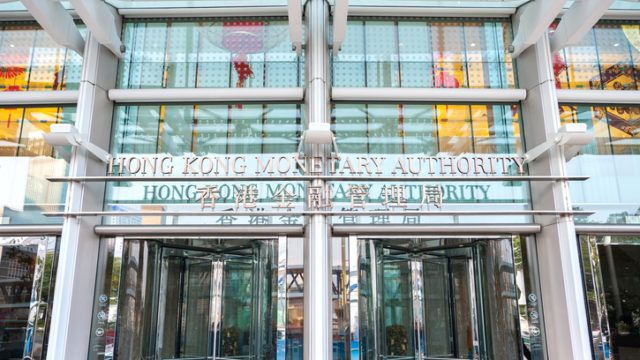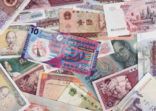The average return of 16 Hong Kong dollar products since the start of the year is 3.04%, double the performance of US dollar bond funds, according to FE Fundinfo data.
The sector’s resilience is largely due to the currency’s managed peg to the greenback and higher interest rates than in the US, which has attracted investor inflows despite the disruption in Hong Kong caused by protests in 2019, a plunge into recession and then the coronavirus pandemic this year, a locally-based asset manager told FSA.
The US dollar index has risen 2.65% and is up 1.79% against the euro, according to Bloomberg data, as the coronavirus pandemic sent investors scurrying to the traditional safe haven of US cash and Treasury bills.
The Fidelity Global Investment Global Bond HK Dollar Hedged Fund has been the standout product, posting 7.07% year-to-date and 16.04% over three years in US dollar terms. Unlike its competitors, including the other top five funds managed by Invesco, Principal, JP Morgan and BEA Union, it invests predominantly in global developed market sovereign bonds and hedges its currency exposure back to Hong Kong dollars.
Therefore, it has benefited both from the flight to high quality assets and the Hong Kong dollar’s strength this year.
| Fund |
YTD return (USD) |
Return, 3-year cumulative return (USD) |
| Fidelity Global Investment Global Bond HK Dollar Hedged |
7.07% |
16.04% |
| Invesco Pooled HKD Bond |
5.28% |
10.14% |
| Principal Hong Kong Bond |
5.04% |
9.08% |
| JP Morgan SAR Hong Kong Dollar Bond |
4.26% |
7.92% |
| BEA Hong Kong Dollar Bond |
4.02% |
7.99% |
Source: FE Fundinfo.
The Hong Kong dollar typically moves more-or-less in tandem with the US dollar, but has traded at the strong end of its permissible band for several months.
The Hong Kong dollar peg was introduced in 1983 when the UK was discussing the future of its former colony with China. It has withstood several speculative attacks since, most notably by hedge fund manager George Soros in 1998.
The peg — or linked exchange rate system — which has a target rate of HK$7.80 to $1 and can fluctuate within a narrow band of HK$7.75-$7.85, is controlled by the Hong Kong Monetary Authority (HKMA) in the foreign exchange market. The HKMA has a mandate to buy up Hong Kong dollars for US dollars when outflows push the exchange rate to the trading band’s weaker limit and sell Hong Kong dollars when it approaches its stronger limit.
It last propped up the currency in April 2019, but after another dip to HK$7.84 in August, it strengthened to HK$7.79 at the end of 2019 and currently trades at about HK$7.7545, according to Bloomberg data. HKMA intervention and a yield advantage over US dollars in the interbank bank market which prompted hedge funds to sell greenbacks and buy Hong Kong dollars has kept the latter strong.
However, the further escalation of Sino-US tensions following China’s planned imposition of a security law on Hong Kong and the subsequent US declaration that the territory is no longer autonomous from Beijing is likely once again to encourage speculators to bet against the peg.
Comparative performance of Hong Kong dollar bond funds, year-to-date returns

Source: FE Fundinfo. Returns in US dollars (31 December 2019 – 27 May 2020)
Comparative performance of Hong Kong dollar bond funds, three-year cumulative returns


















